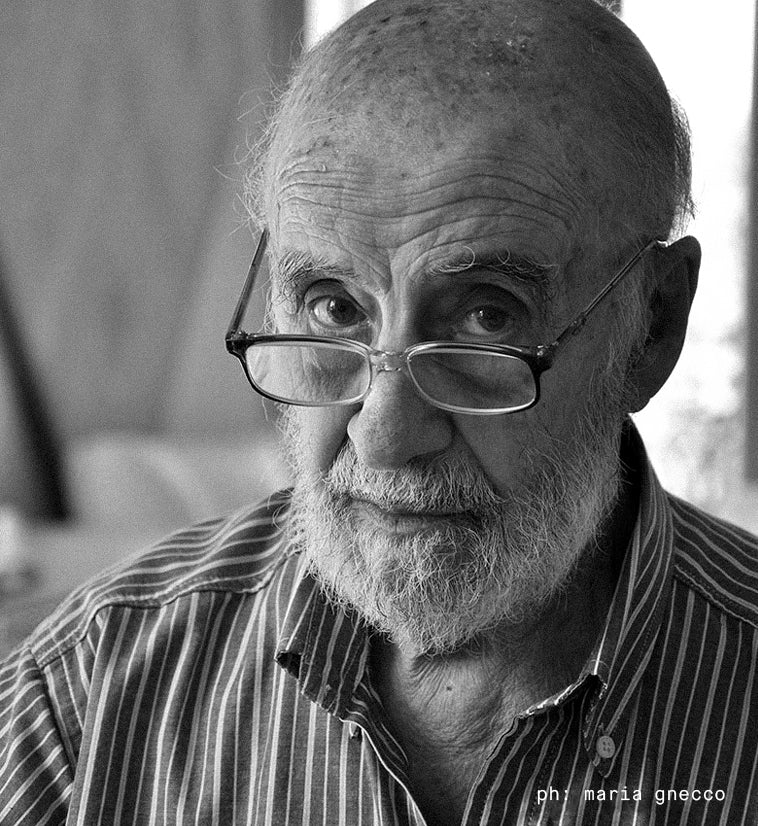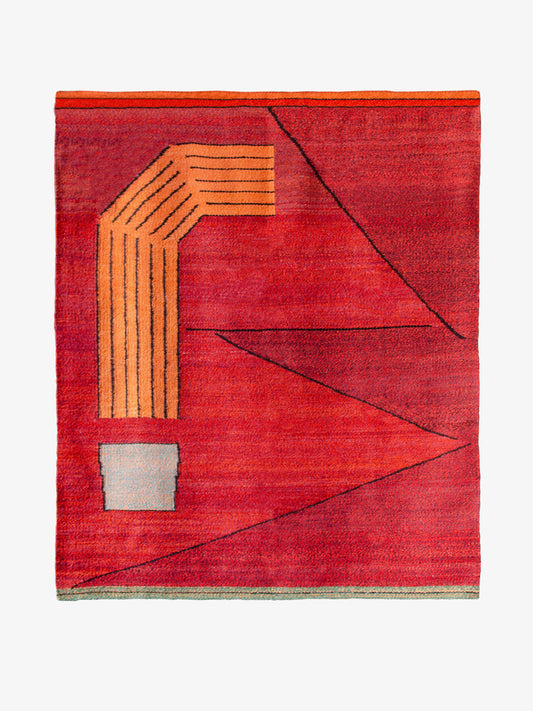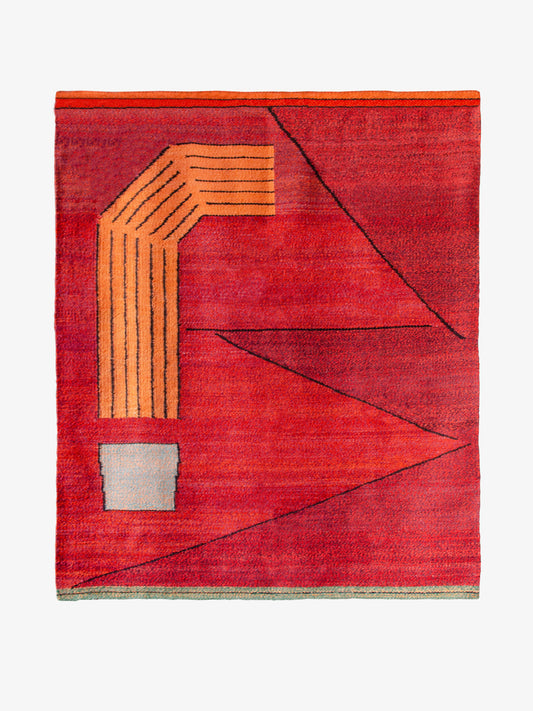puente-page
-

-
Alejandro Puente (La Plata, 1933 - Buenos Aires, 2013)
“My art is a present that is also a dateless past”.
Although he did not receive a formal education in Art, Puente attended a course on Vision Theory at the Universidad de La Plata, dictated by Héctor Cartier. Influenced by the teachings of Bauhaus, Cartier introduced his class to matters of perception in color, shape and space. These teachings would resonate throughout Puente´s entire body of work.
In the early 60s he participated in the group SI, while he painted in an Informalistic style. A few years later, he turned to geometry, displaying an abundance of color that allowed him to create tension between contrasting tones, or alter the viewer's perception of different shapes. In 1967, he obtained the Guggenheim grant and settled in New York the following year. At that time, his work explored the idea of art as a system: simple geometric shapes would serve as modules that repeated and combined in different ways, producing intricate interactions with each other, often through progressions of color.
This interest in color as information came to a turning point when he realized -during a visit to an anthropological exhibition- that the same principle applied to quipus, a sophisticated communication system created by the Incas, and the shapes in ancient Andean textiles. Upon his return to Buenos Aires in 1971, he started painting in a way that references pre-Columbian textiles, pottery and architecture. From this time forward, he would seek an aesthetic identity based on a truly Latin-American tradition.
In the 2000s he produced a series of interiors, for which he appropriated the iconography of architectural design and combined different types of perspective drawing, in a renewed attempt to reflect upon the conventions we use to represent space.
-
Puente Alejandro, Mallki
Regular price $2,380.00 USDRegular priceUnit price per$2,800.00 USDSale price $2,380.00 USDSale -
Puente Alejandro, Mallki
Regular price From $2,800.00 USDRegular priceUnit price per -
Puente Alejandro, Shikra
Regular price From $2,600.00 USDRegular priceUnit price per




